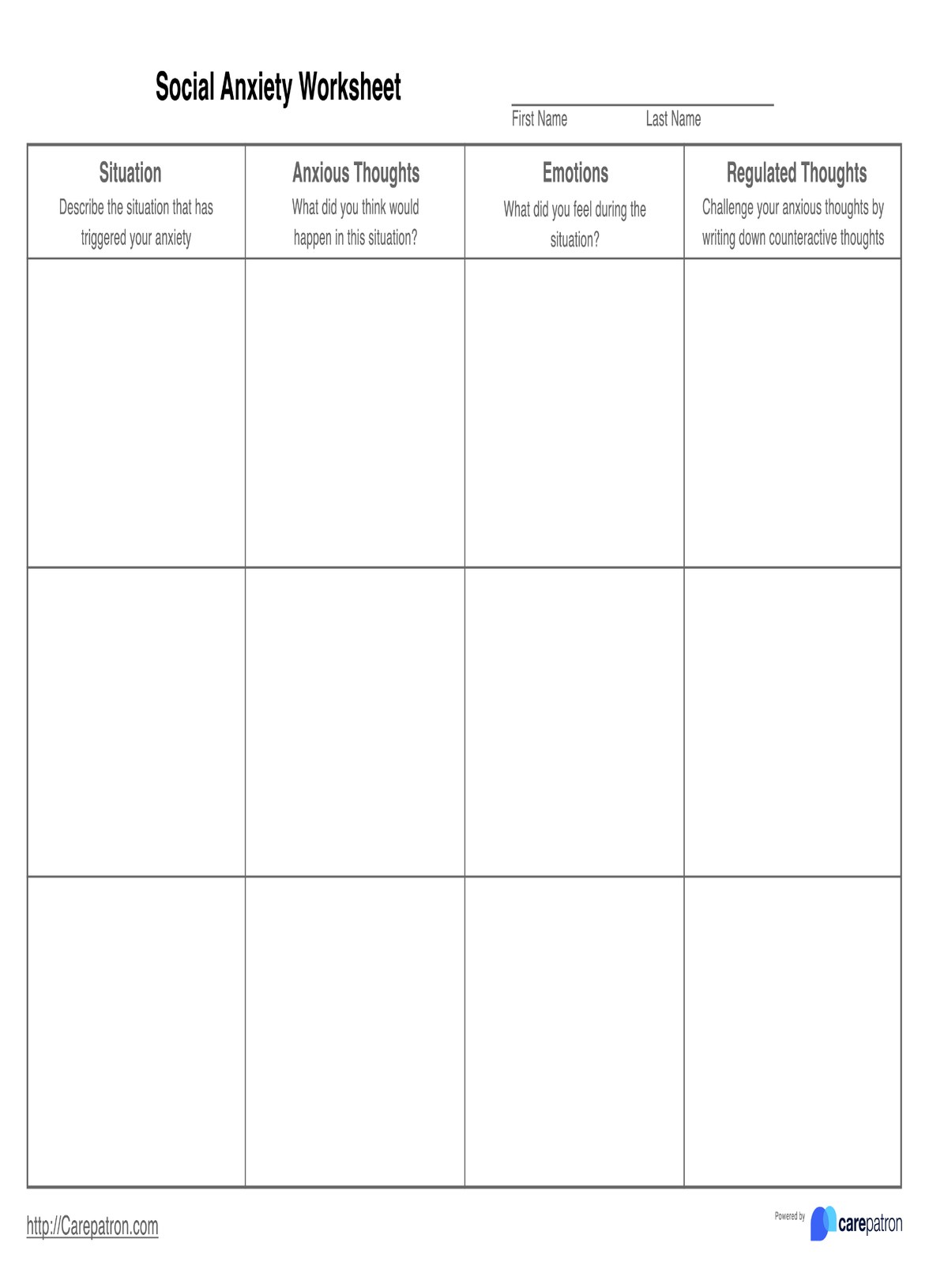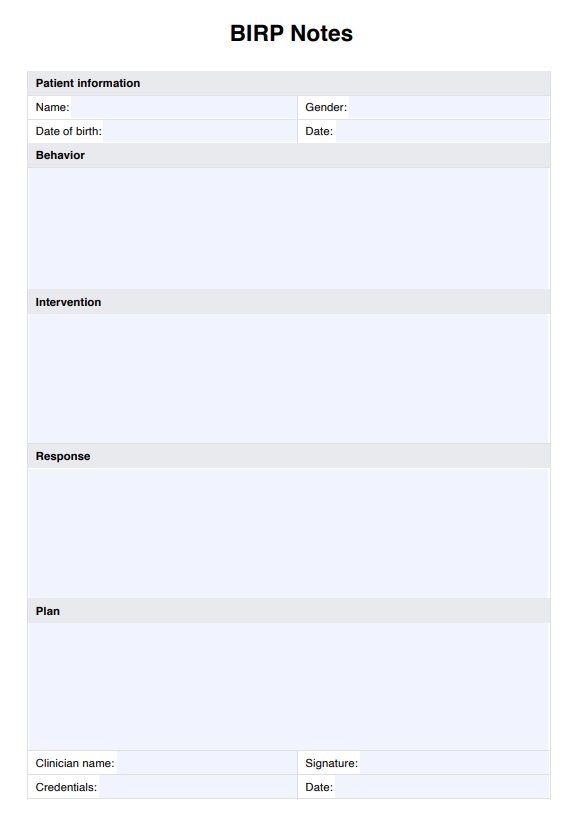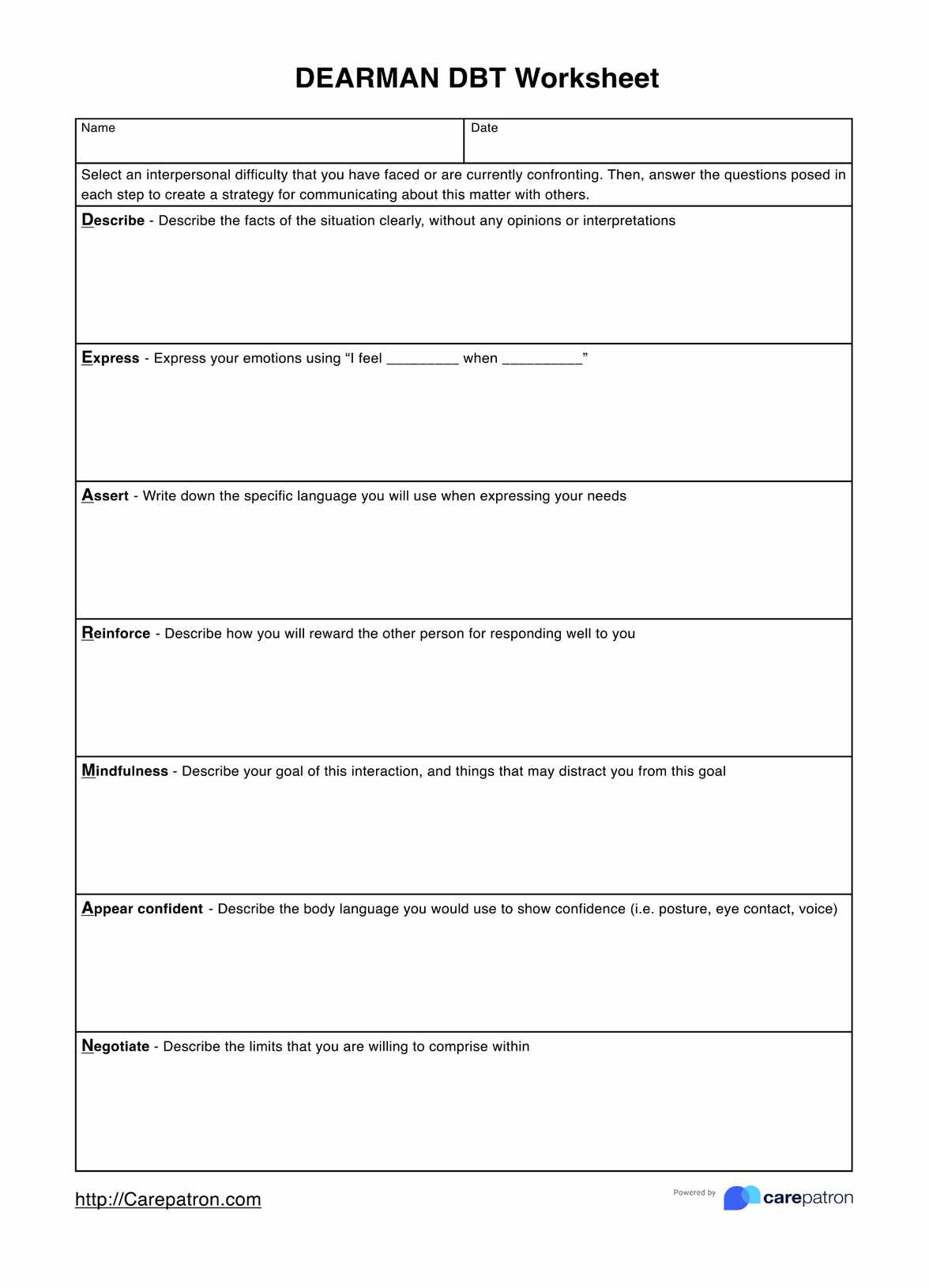ADHD Symptom Checklist
Assess if your patient has ADHD with the help of an Attention-Deficit/Hyperactivity Disorder Symptom (ADHD) checklist. Click here for a free template copy.


Understanding ADHD
Attention Deficit Hyperactivity Disorder (ADHD) stands as a prevalent neurodevelopmental condition that commonly manifests during childhood and persists into adulthood. The multifaceted nature of ADHD is characterized by difficulty sustaining attention, impulsive behavior management, and heightened levels of activity, profoundly impacting various facets of an individual's life. Diagnosed primarily in childhood, the disorder frequently endures into the later stages of life, presenting hurdles in academic, familial, and social spheres.
The symptoms of ADHD can manifest in diverse ways, and three distinct presentations provide insight into its heterogeneous nature. Here's an overview of the ADHD symptoms of each presentation:
- Predominantly inattentive presentation: Has difficulty organizing tasks, presents challenges paying attention to details, and requires sustained mental effort to adhere to instructions or conversations. They may also be easily distracted and tend to forget routine information.
- Predominantly hyperactive-impulsive presentation: Characterized by restlessness, excessive talking, and a challenge to remain still for extended periods. Aside from that, younger individuals may engage in constant physical activity, such as running, jumping, or climbing.
- Combined presentation: Simultaneous manifestation of hyperactivity-impulsivity and inattentive symptoms.
While the precise etiology of ADHD remains elusive, contemporary research underscores the substantial influence of genetic factors in its development. Recent studies have illuminated the intricate interplay of genetic elements in predisposing individuals to ADHD.
Beyond genetics, ongoing scientific inquiry delves into potential causes and risk factors, encompassing variables such as brain injury, exposure to environmental hazards (such as lead) during pregnancy or early childhood, maternal use of alcohol and tobacco during gestation, premature delivery, and low birth weight.
ADHD Symptom Checklist Template
ADHD Symptom Checklist Example
How does one formulate an ADHD diagnosis?
The diagnosis of Attention Deficit Hyperactivity Disorder (ADHD) is a meticulous process that involves a comprehensive assessment of behavioral patterns, cognitive functioning, and the duration and impact of symptoms on daily life. As ADHD primarily manifests during childhood and often endures into adulthood, early recognition and intervention are paramount for mitigating the challenges it poses across various life domains.
Diagnostic and statistical manual of mental disorders (DSM-5)
To initiate the diagnostic process, clinicians rely on established criteria outlined in authoritative diagnostic manuals such as the DSM-5 by the American Psychiatric Association. The DSM-5 delineates three primary presentations of ADHD: Predominantly Inattentive, Predominantly Hyperactive-Impulsive, and Combined. Evaluating which symptoms predominate in an individual is crucial for accurate diagnosis and tailored intervention strategies.
Click here for a copy of the DSM-5 ADHD Checklist
Multimodal assessment
Diagnosing ADHD is not solely reliant on observable behaviors. A comprehensive assessment involves gathering information and medical history from multiple sources, including parents, teachers, and, if applicable, the evaluated individual. Standardized rating scales and behavior checklists contribute valuable insights, providing a holistic view of the individual's functioning across different settings.
Click here for a copy of the Adult ADHD Self-Report Scale
Ruling out other conditions
Given the overlapping symptoms between ADHD and other mental health conditions, a crucial aspect of diagnosis involves excluding alternative explanations. Mental disorders such as anxiety, depression, or specific learning disabilities may present with symptoms akin to ADHD, necessitating a thorough differential diagnosis to ensure precision.
Collaborative approach
A collaborative approach involving communication between healthcare professionals, educators, and parents is instrumental in comprehensively understanding the individual's behavioral patterns. This collaborative effort enhances the accuracy of diagnosis and facilitates the development of effective intervention strategies tailored to the individual's unique needs.
In conclusion, diagnosing ADHD is a nuanced process that demands a thorough clinical evaluation, adherence to diagnostic criteria, consideration of multiple perspectives, and the exclusion of alternative explanations. The goal is to provide a precise diagnosis that forms the basis for targeted interventions, thereby fostering improved outcomes for individuals grappling with the challenges posed by ADHD.
Commonly asked questions
Diagnosing ADHD in children involves a thorough process encompassing the recognition of ADHD symptoms, consultation, assessment, and adherence to the diagnostic criteria in the Diagnostic and Statistical Manual. Children with ADHD may display inattention and hyperactive-impulsive symptoms, impacting their focus, organization, and daily tasks. If concerned, the initial step is consulting a healthcare provider to discuss symptoms and assess their alignment with ADHD criteria by the American Psychiatric Association. Mental health professionals or primary care providers can conduct a diagnosis.
The assessment involves gathering information from parents, teachers, and caregivers across different settings. The diagnostic criteria, guided by the DSM-5, require symptoms in two or more settings, causing impairment. Six or more symptoms must be present for children aged 4 to 17, while for those 17 and older, five or more symptoms are needed. Additionally, a physical and neurologic examination is conducted by the pediatrician.
ADHD, or Attention Deficit Hyperactivity Disorder, typically persists throughout life. Although symptoms may change over time, especially in terms of hyperactivity and fidgetiness diminishing with age, ADHD does not generally go away.
Common challenges in ADHD diagnosis include:
- Misinterpreting symptoms, especially inattentive-type ADHD.
- Overlooking co-existing conditions like mood or anxiety disorders.
- Underestimating the lifelong impact of ADHD, extending beyond childhood
- Relying solely on self-reported symptoms, especially in adults who can brush off specific symptoms as careless mistakes
- Not meeting full ADHD criteria may lead to misdiagnosis.


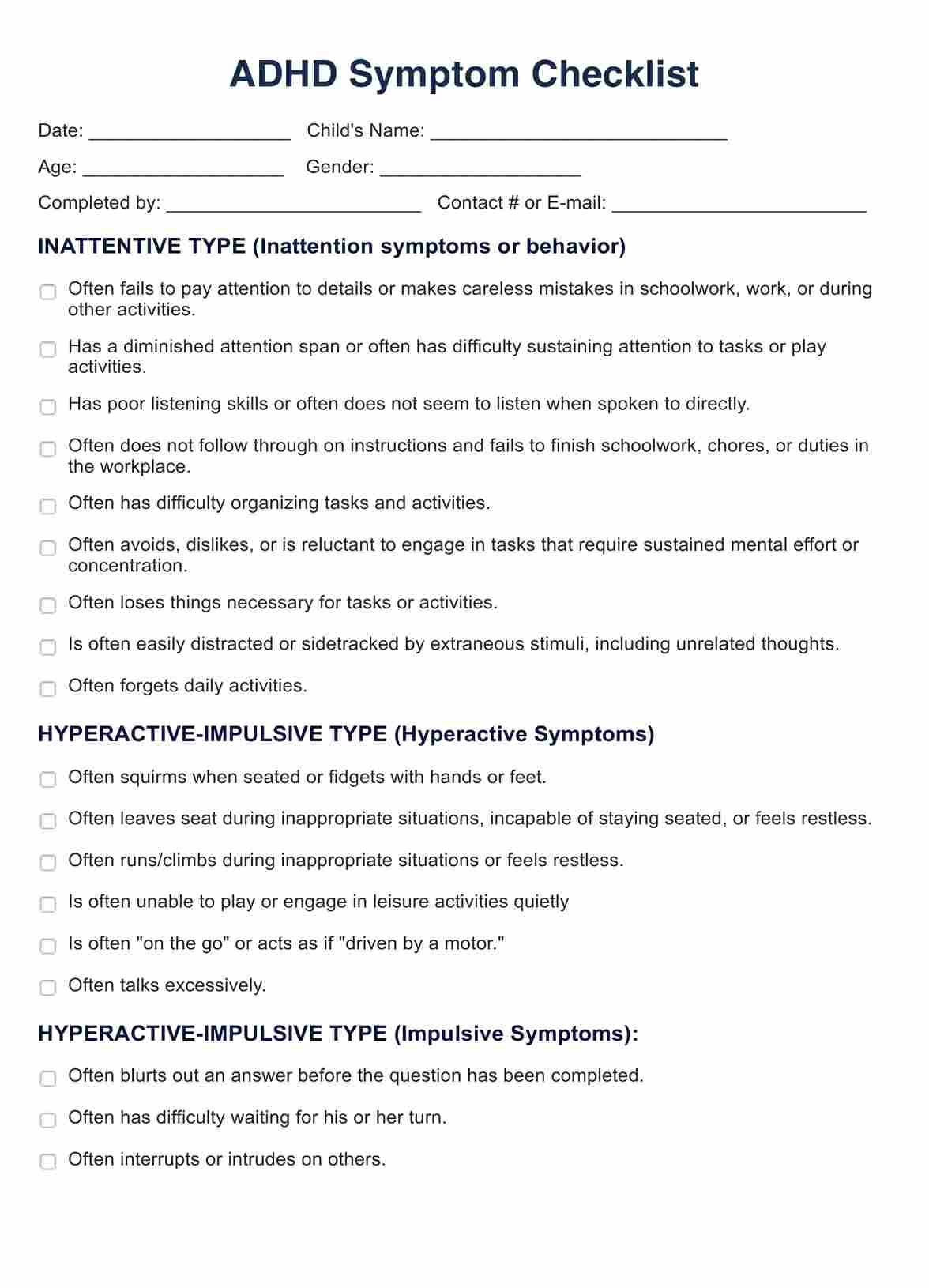
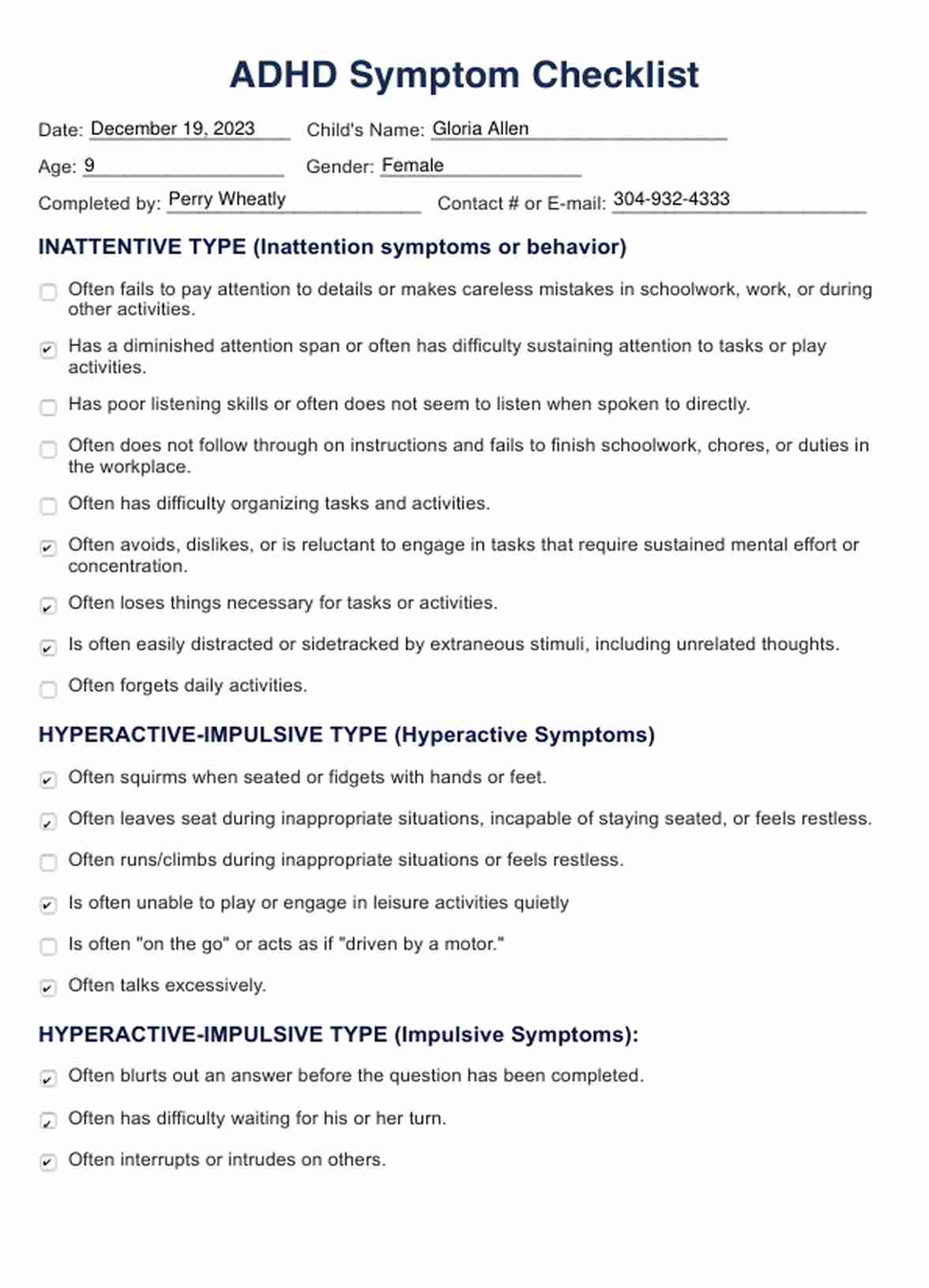

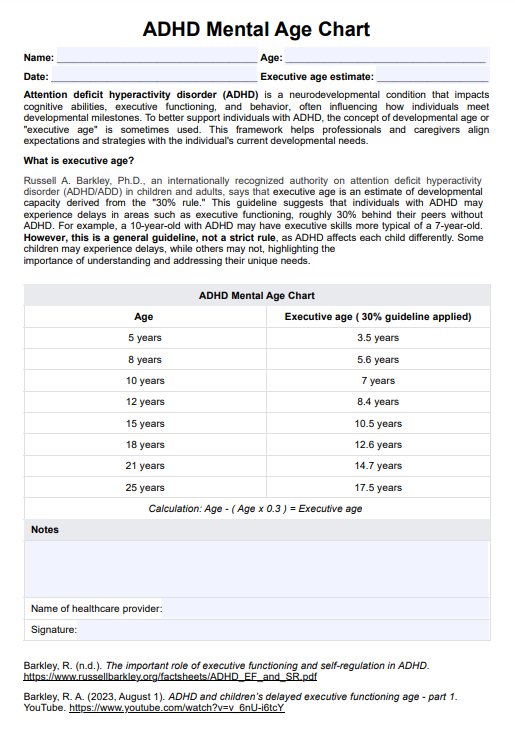
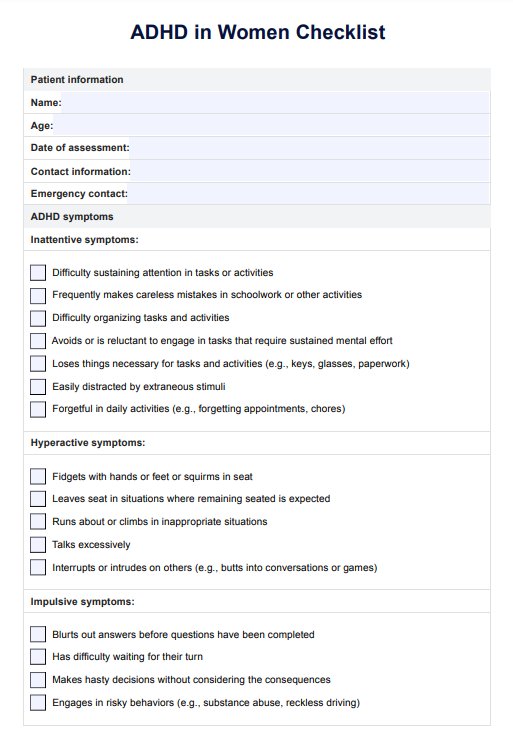
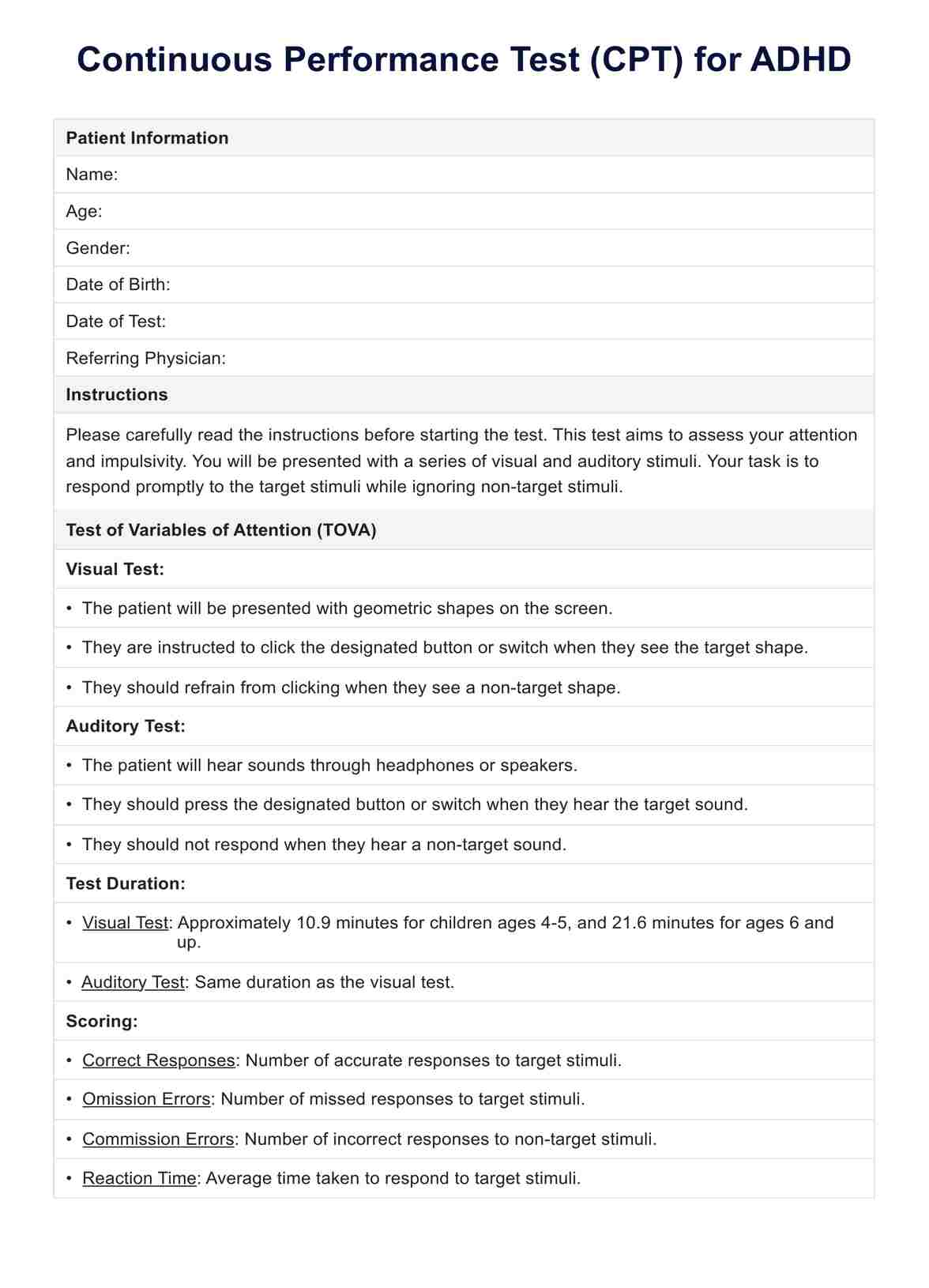
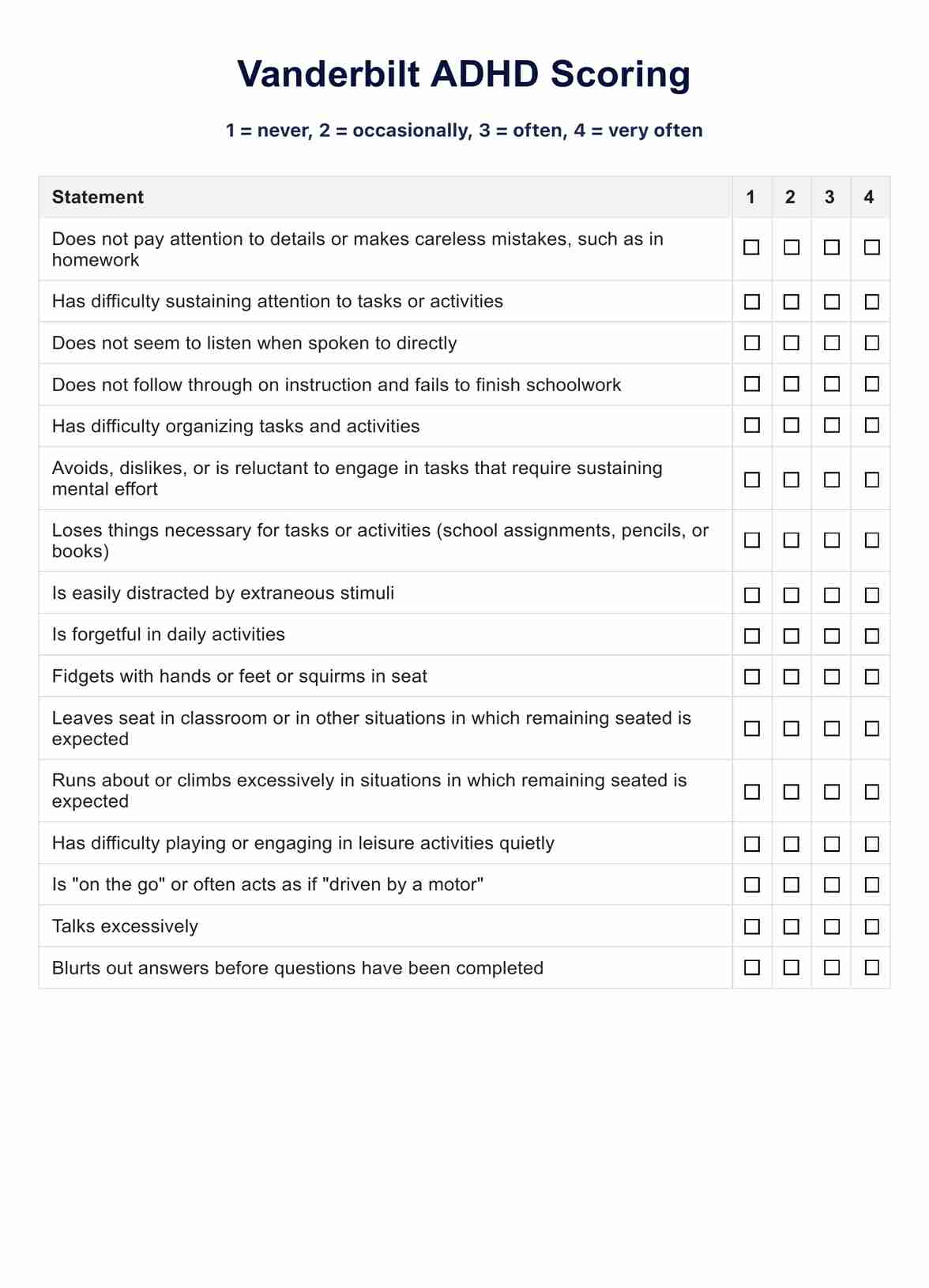
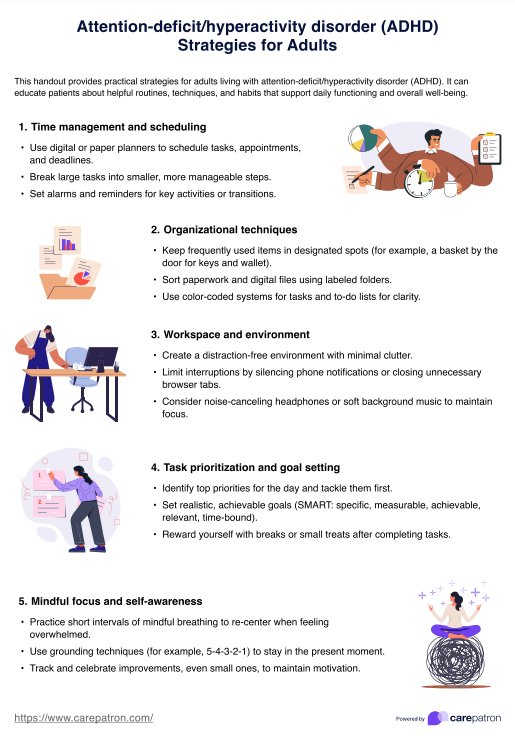
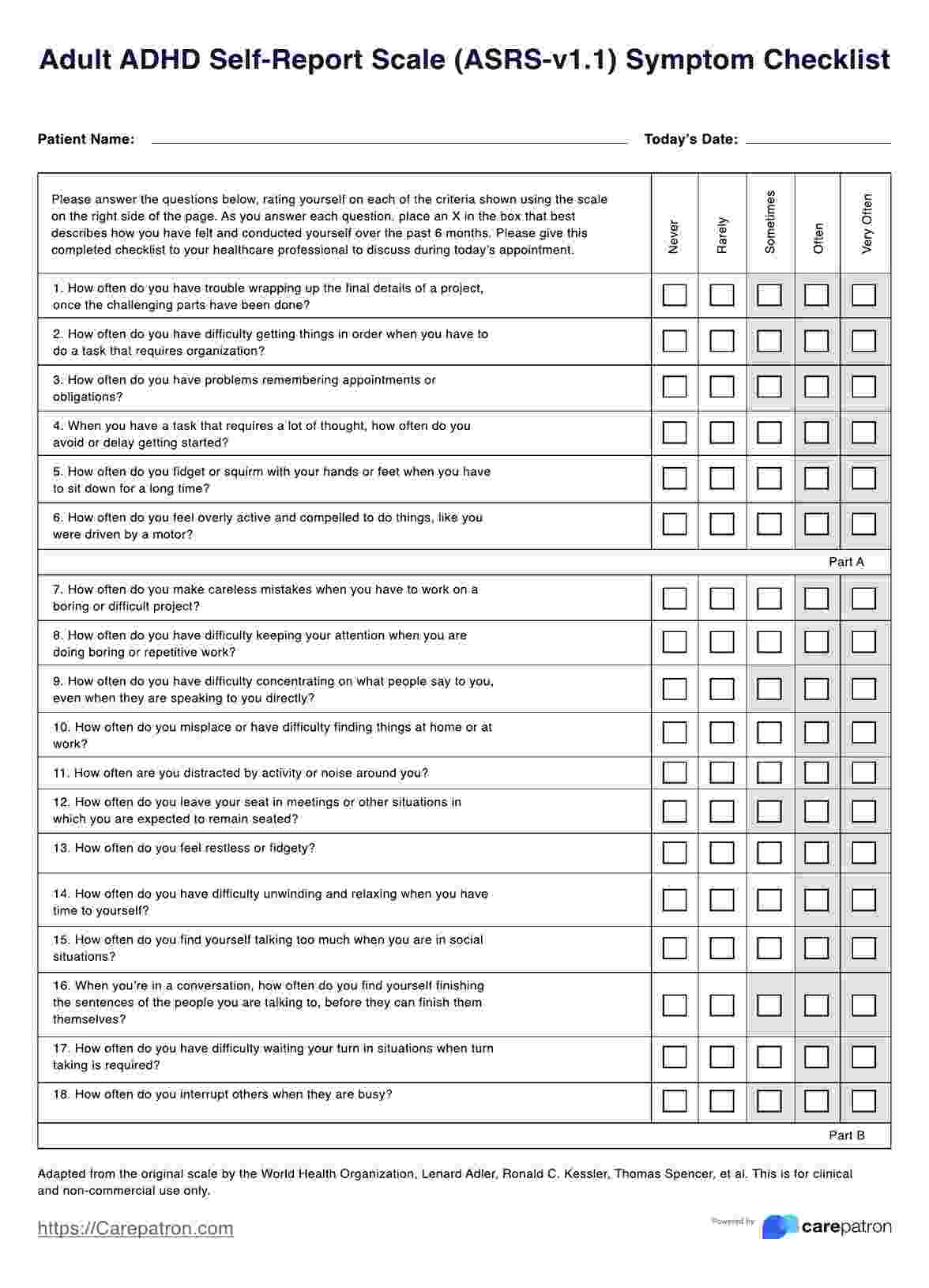
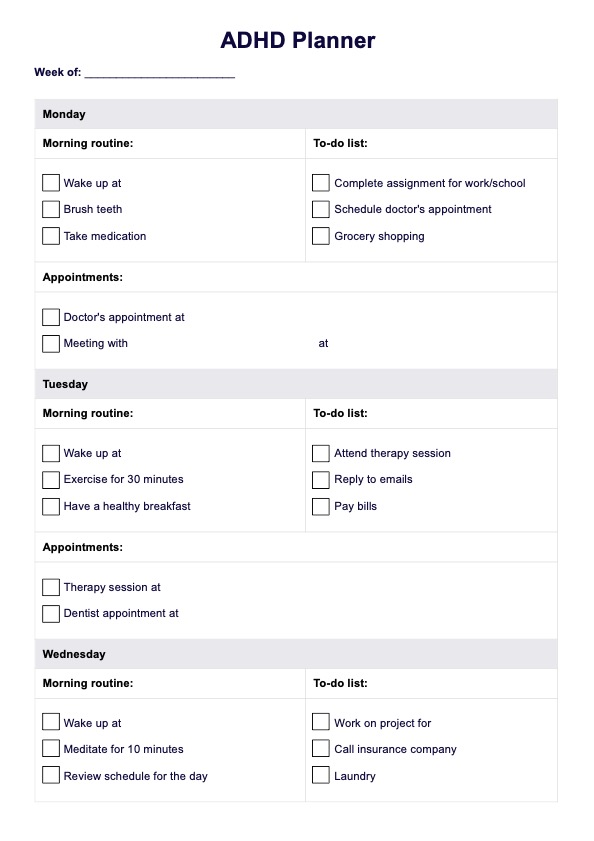
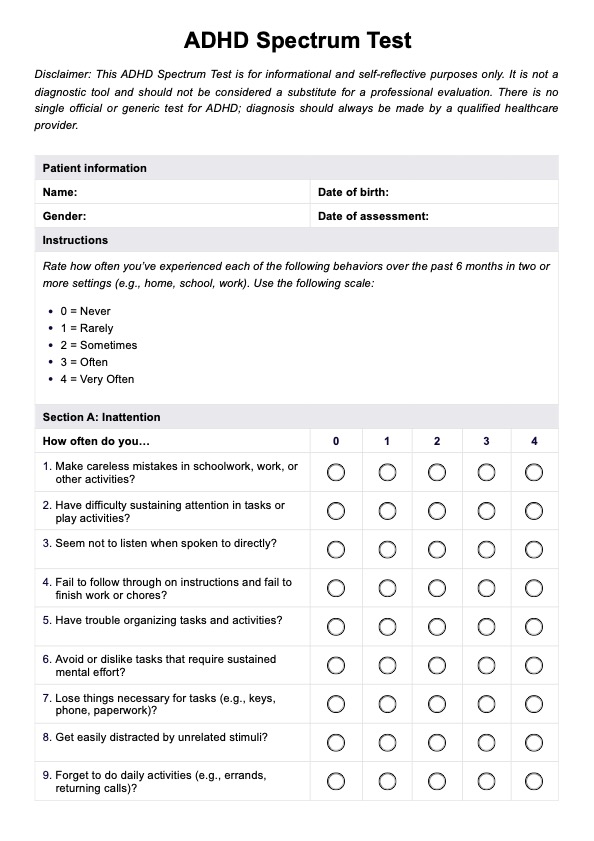
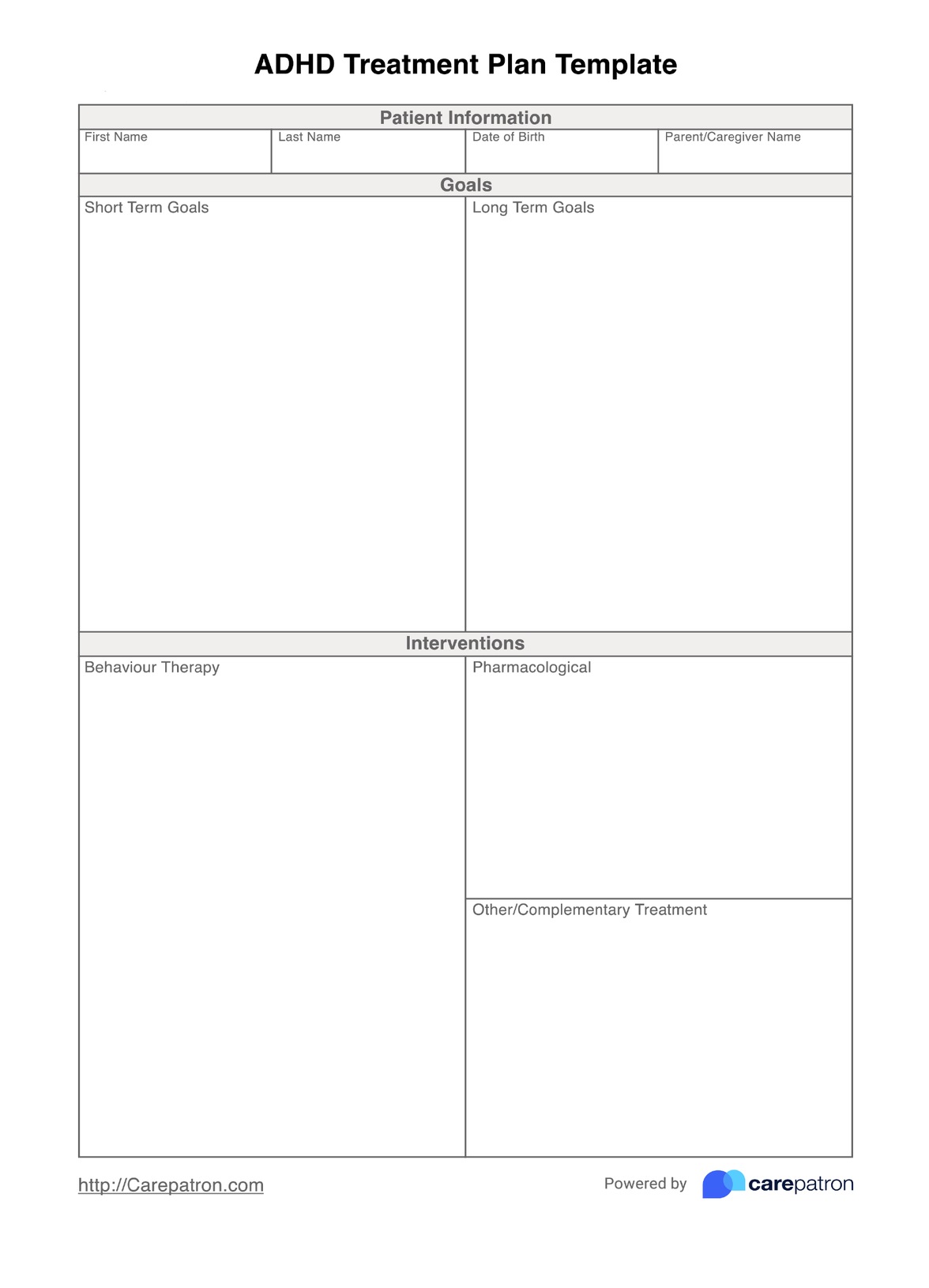
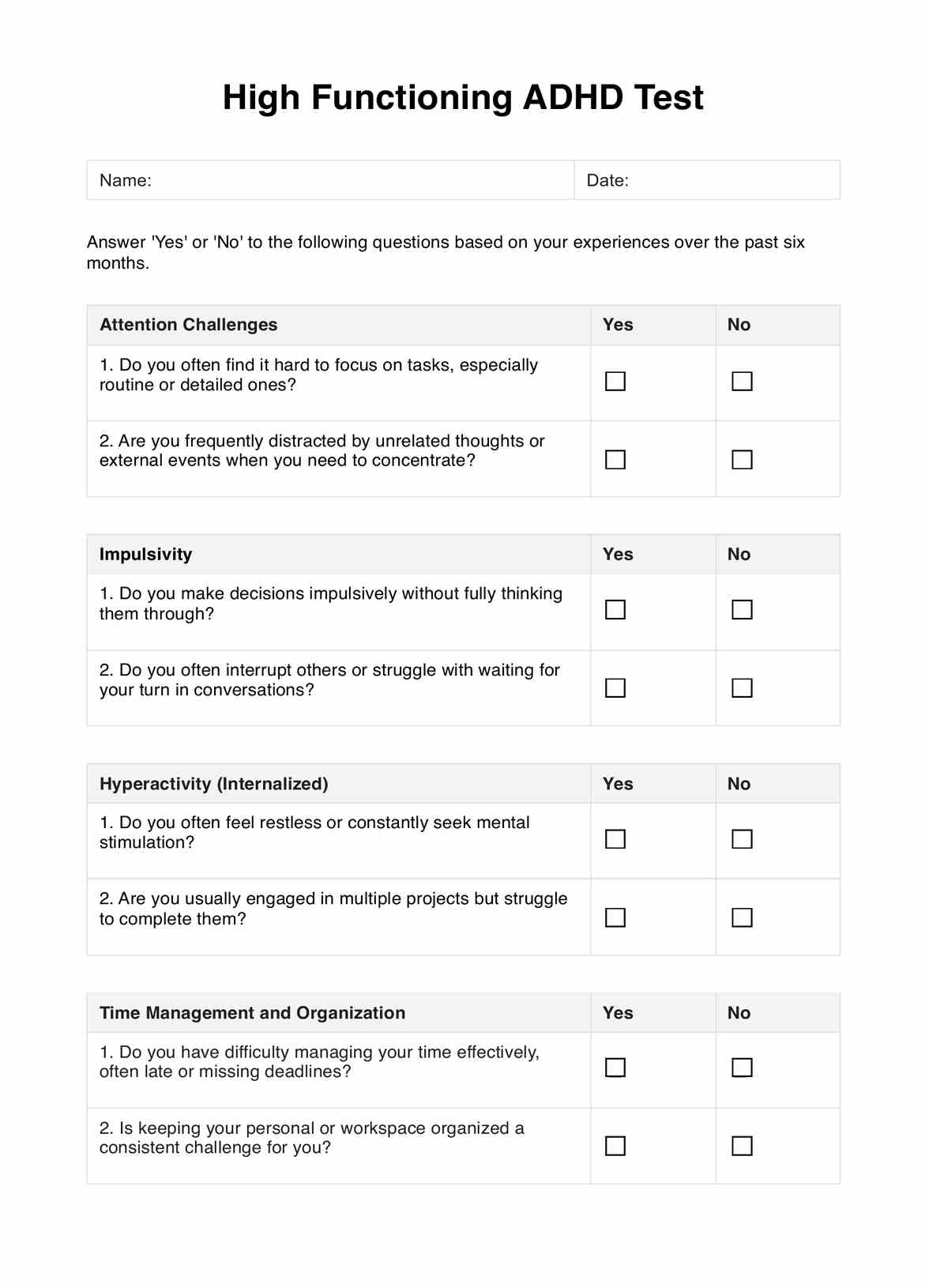
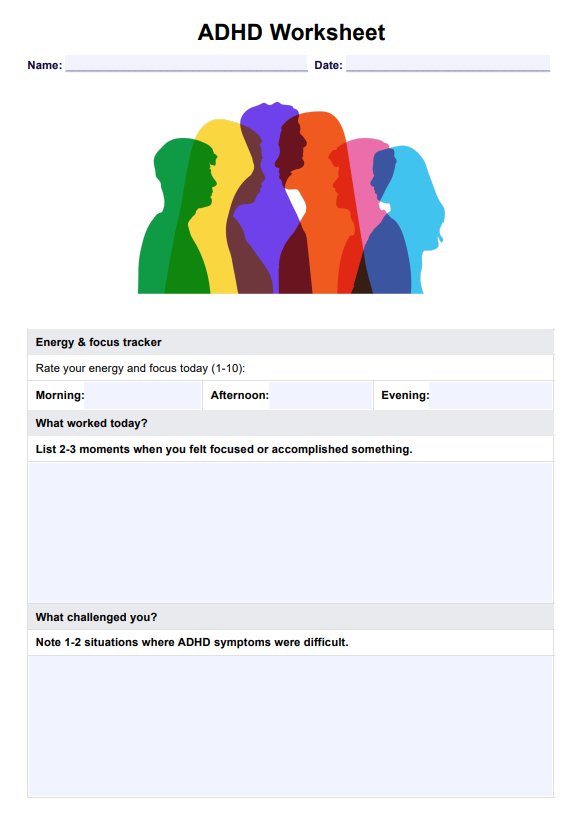
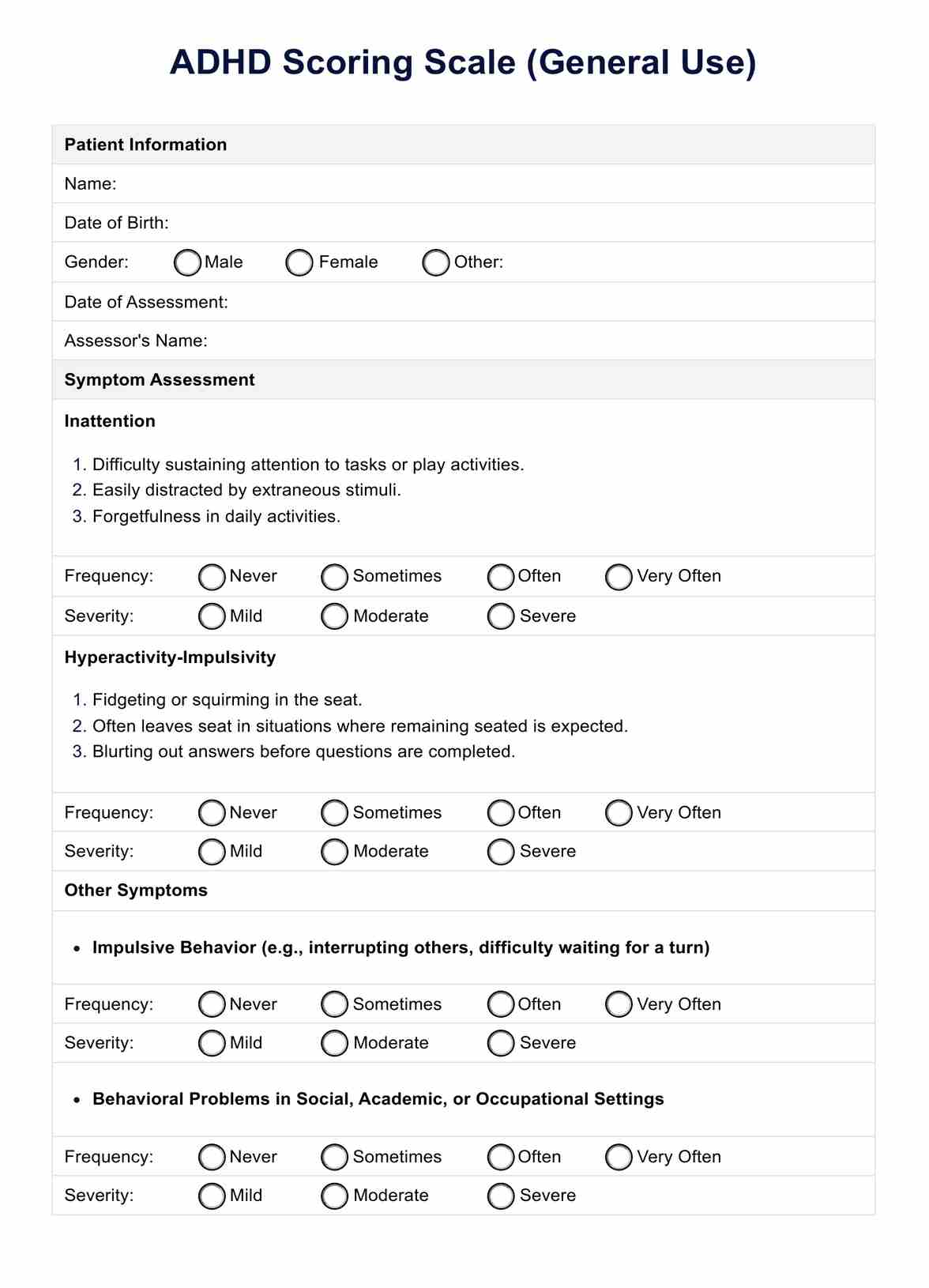
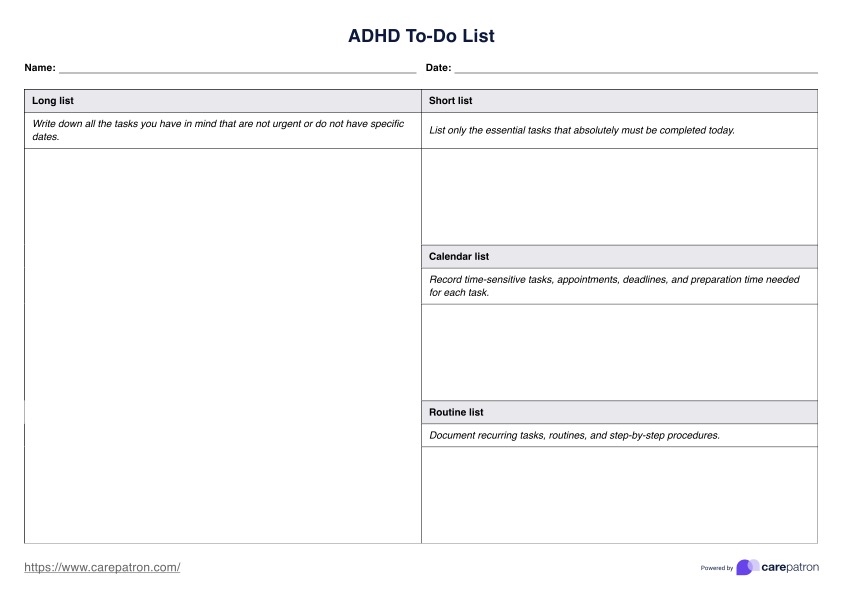
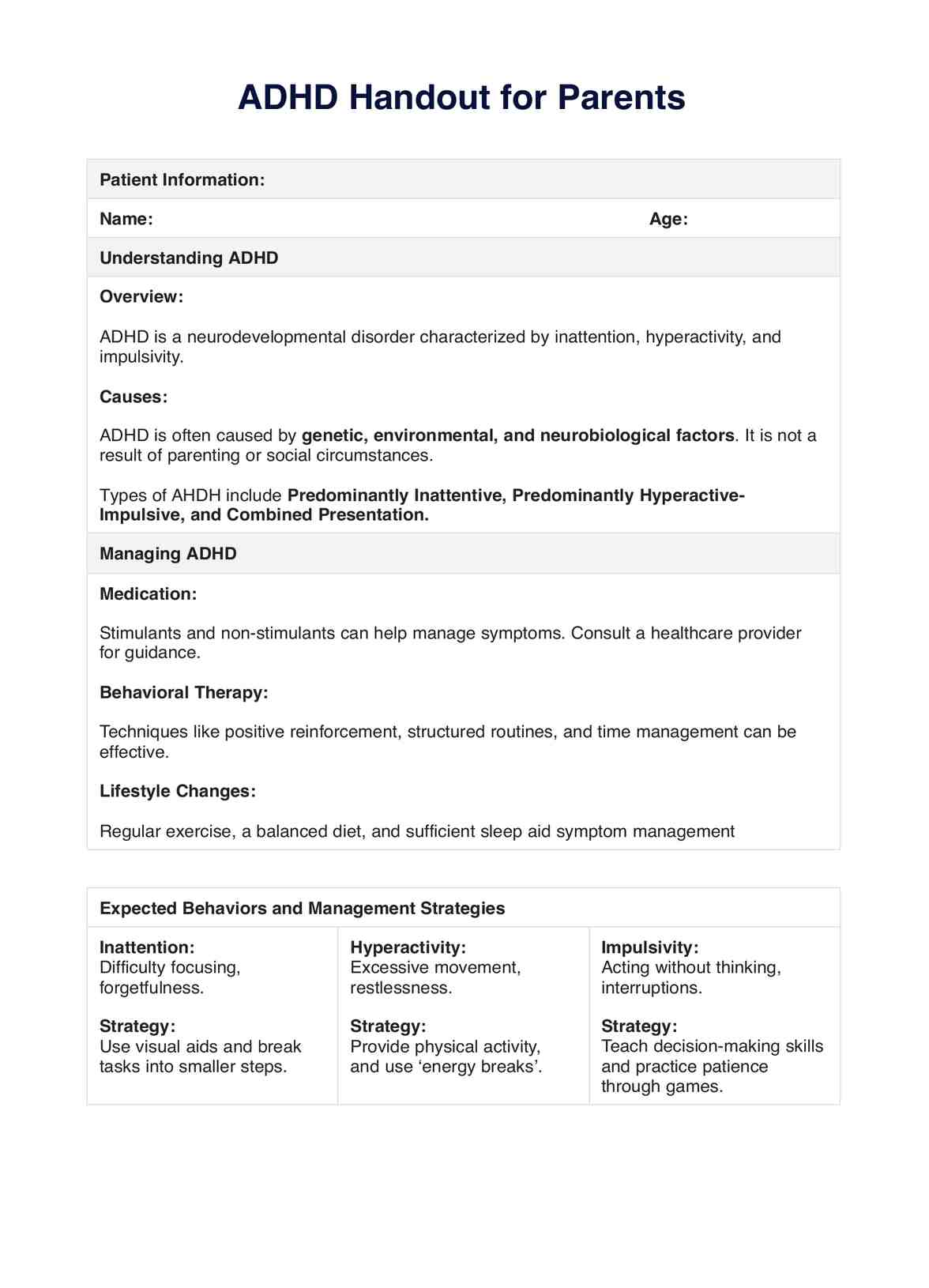
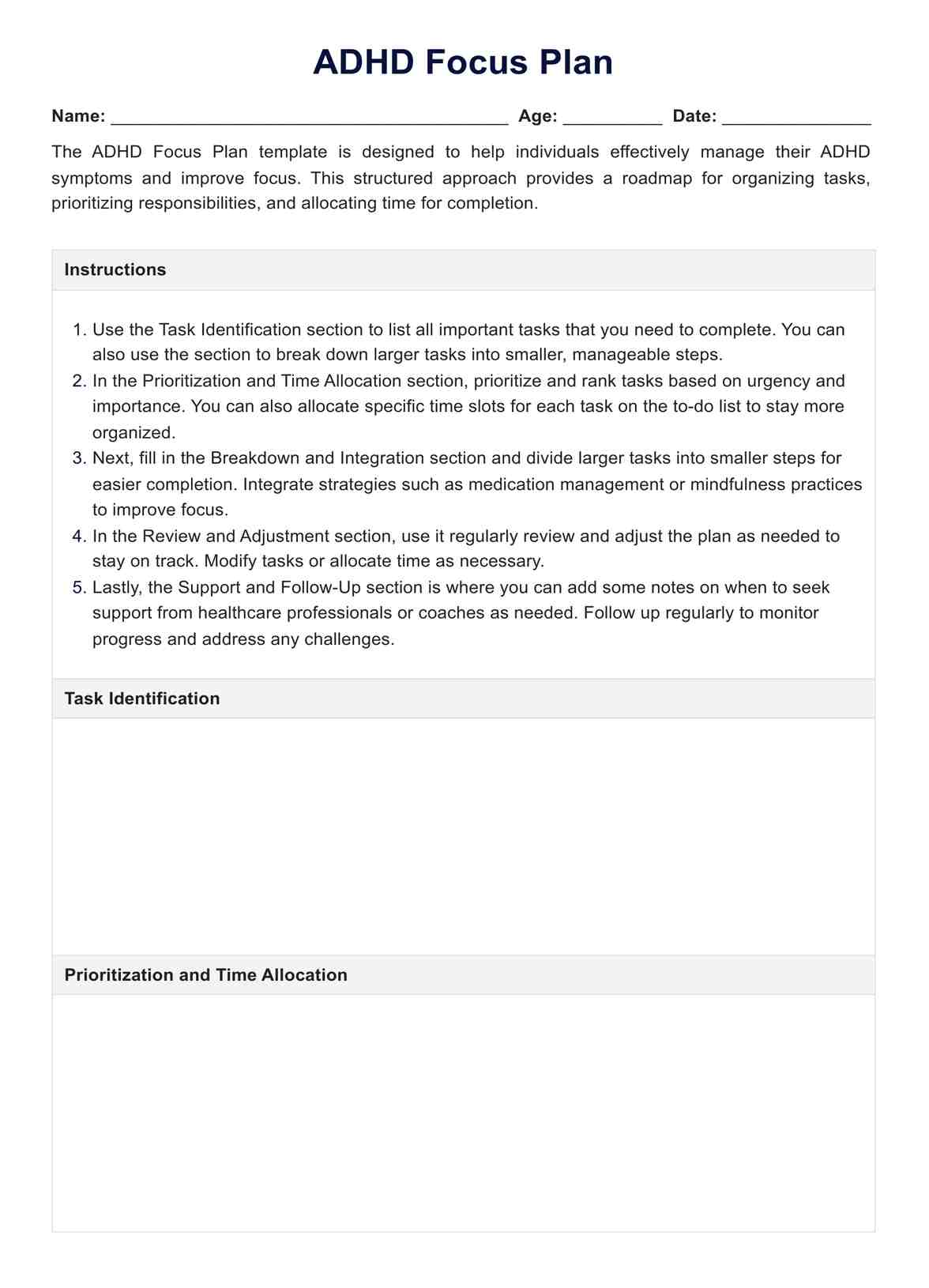















-template.jpg)



























































































